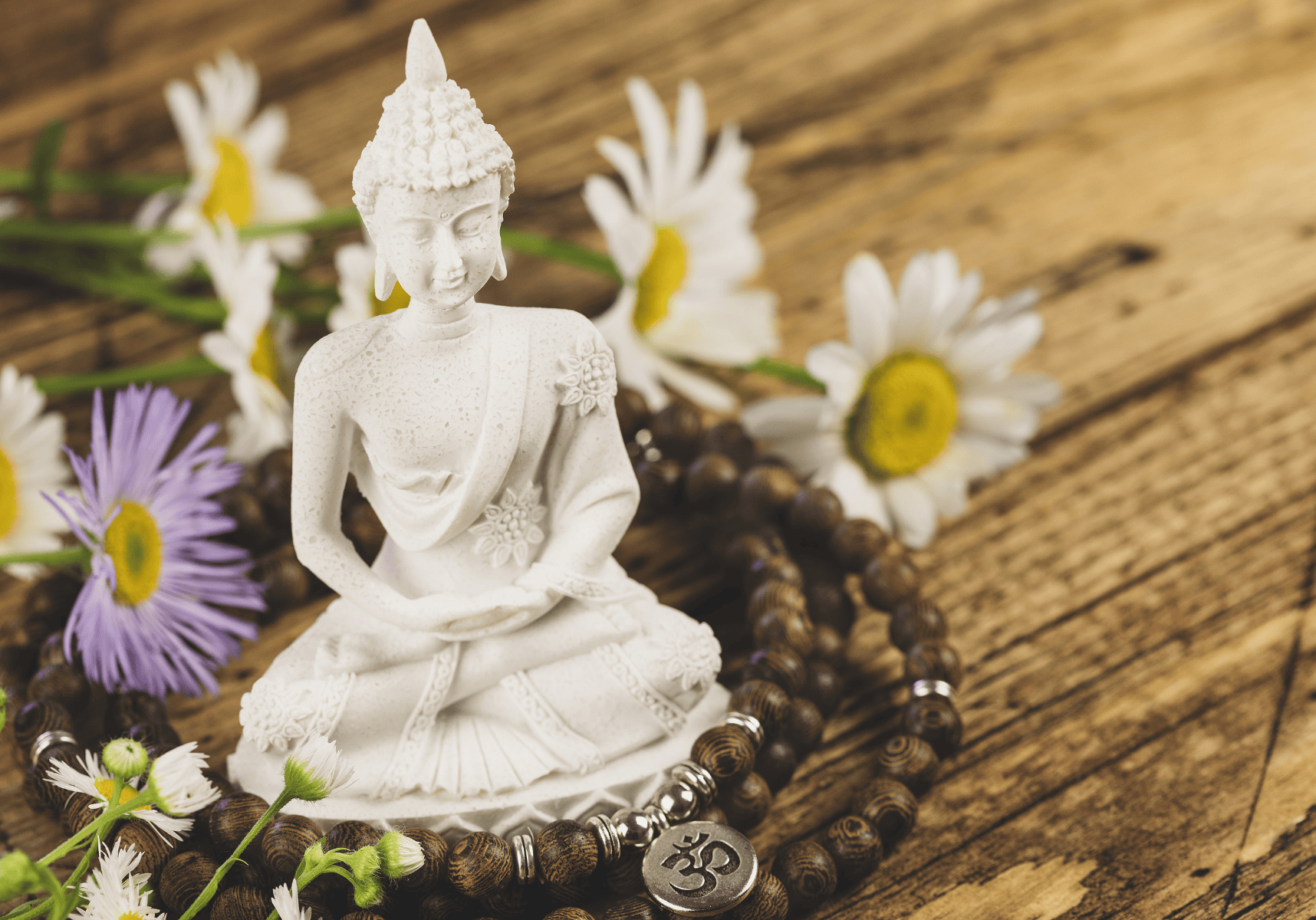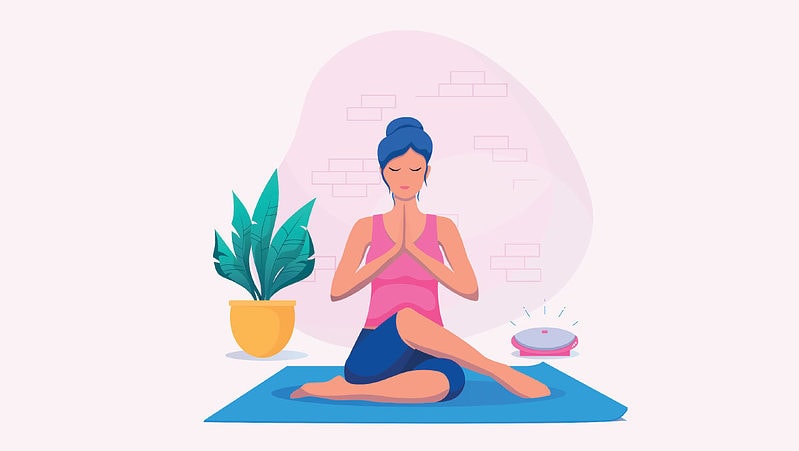
The Four Noble Truths
Buddhist Wisdom for Your Yoga Journey
Reading time: 3 minutes
Yoga invites us to explore not just the body, but the mind and heart. Along the way, many yogis discover that wisdom from other traditions—like Buddhism—can deepen that journey. One of the most powerful teachings to explore is the Buddha’s Four Noble Truths, a timeless guide to understanding suffering, finding peace, and living with more awareness.
These truths offer more than just philosophical insight—they can enrich your yoga practice, help you relate to challenges with more ease, and open the door to greater freedom both on and off the mat.
1. Dukkha – The Truth of Suffering
Life brings many forms of discomfort: physical strain, emotional stress, and uncertainty. This is dukkha—the Buddha’s term for the unsatisfactory nature of life. It’s not a negative view, but an honest one. When we recognise that suffering is part of life, we stop seeing it as a failure.
In yoga, you might meet dukkha when you hold a pose that feels intense, or when the mind gets restless. The invitation is to notice that discomfort without judgment. Can you meet frustration or tightness with breath and curiosity, rather than resistance? By doing so, you shift your relationship to challenge—and soften its grip.
2. Samudaya – The Cause of Suffering
Why do we suffer? According to Buddhism, samudaya—the cause of suffering—is attachment and craving. We grasp at pleasure, resist pain, and cling to things we cannot control. This shows up on the mat when we strive for perfection, compare ourselves to others, or feel frustrated by our limits.
Try letting go of the need to “achieve” a pose. Instead, focus on the effort, not the outcome. Notice how freeing it can be to practice without clinging—how the breath moves more easily, and the body opens more naturally when we release the grip of expectation.
3. Nirodha – The Cessation of Suffering
There’s hope. Nirodha teaches that suffering can end. When we release attachment, we find freedom—not just from pain, but from the struggle against it. Yoga offers a space to explore this.
Ask yourself: do I push too hard? Or do I avoid discomfort? Nirodha invites us to find balance—to soften, to breathe, to be present. In that space, something shifts. The practice becomes less about control, and more about surrender. And in surrender, there is peace.
4. Magga – The Path to the End of Suffering
How do we live in a way that frees us from suffering? Magga, the fourth truth, offers the answer: the Eightfold Path. This path is a guide to living with wisdom, mindfulness, and integrity. It’s not separate from yoga—it complements it.
Here’s how you might begin to explore these eight principles in daily life and practice:
-
Right View – Seeing clearly, without illusion or denial.
-
Right Intention – Acting from compassion, not self-interest.
-
Right Speech – Speaking truthfully and kindly, to yourself and others.
-
Right Action – Making choices that honour life and respect others.
-
Right Livelihood – Engaging in work that aligns with your values.
-
Right Effort – Letting go of unhelpful habits, and nurturing positive ones.
-
Right Mindfulness – Staying present in body, breath, and awareness.
-
Right Concentration – Deepening focus, through meditation or stillness.
Each of these steps can weave into your yoga practice. Each is an invitation to live more consciously, more kindly, more fully.
Yoga, Buddhism, and the Path Within
The Four Noble Truths remind us that life’s challenges are not something to escape, but something to understand. Through this understanding, we find freedom—not by changing the world, but by changing our relationship to it.
Whether you’re on the mat or off, these teachings offer a gentle, powerful guide. They invite you to explore: How do I meet discomfort? What am I clinging to? What can I release?
If you’re curious to go deeper, I explore these ideas in my latest book Buddhism for Yogis. It’s a heartfelt guide for anyone wanting to enrich their practice with Buddhist insight—and live with more peace and purpose.
May your practice be one of awareness, compassion, and ease.





